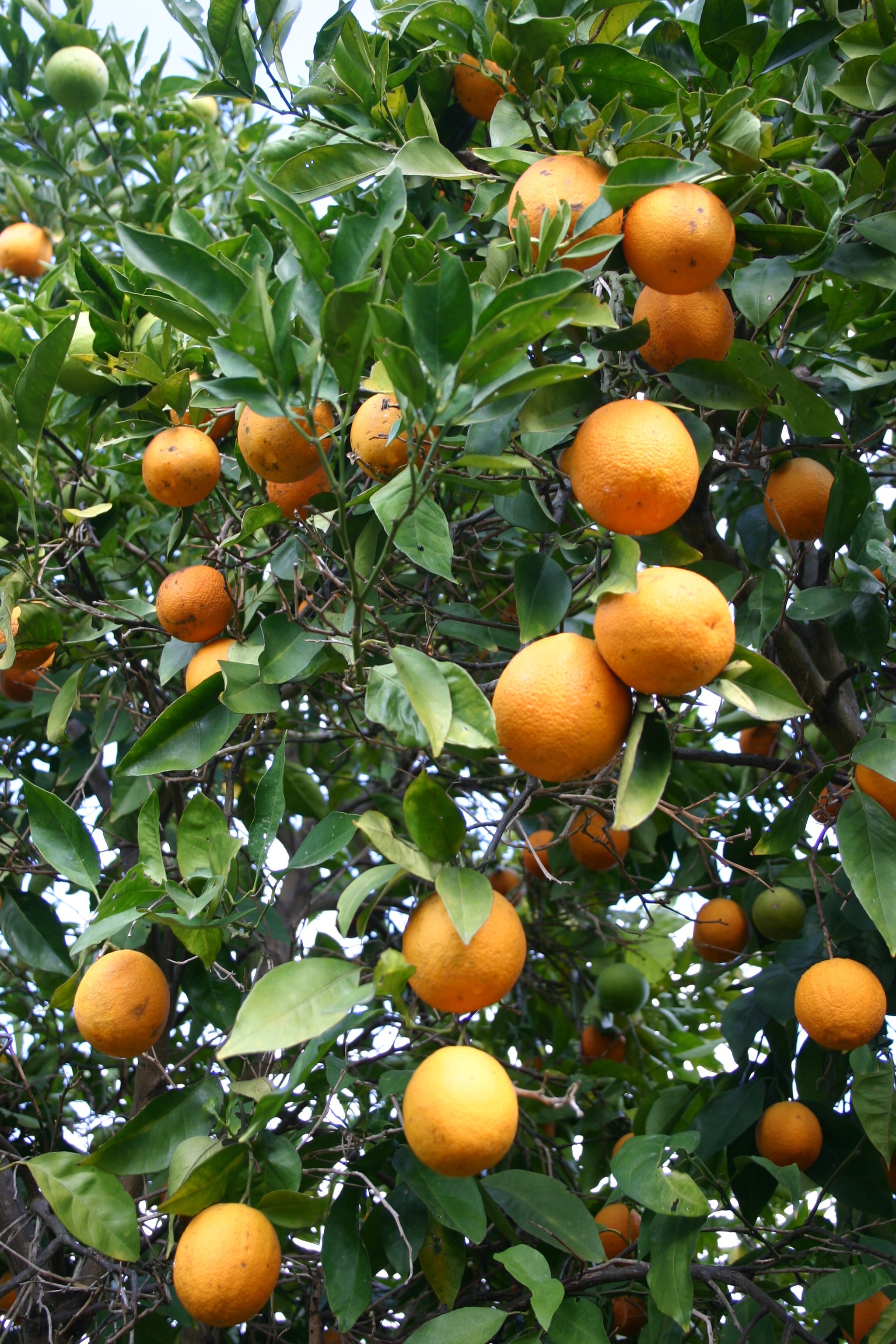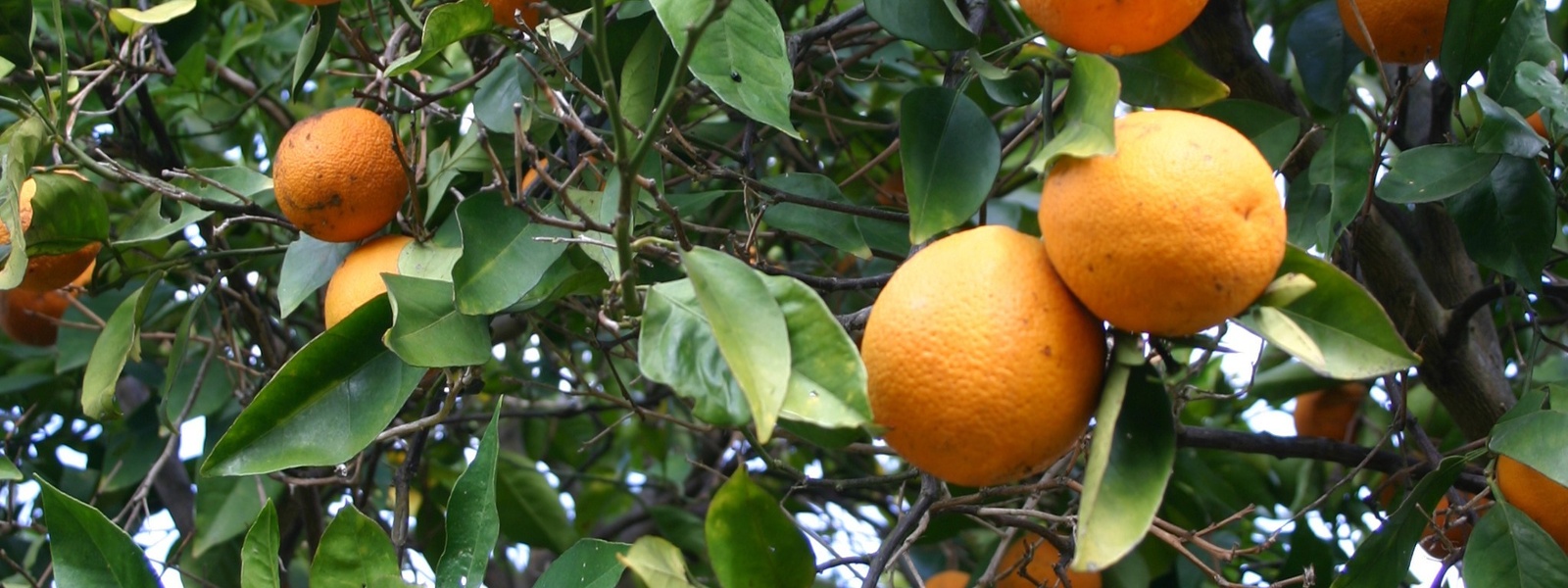Navel orange production up but crop still 'manageable'


By Ching Lee
After packing one of the smallest crops in years last season, California citrus growers and marketers say the current navel orange crop looks promising in volume and quality.
An earlier forecast by the California Department of Food and Agriculture had navel orange production up 19% from last year. But California Citrus Mutual now estimates the increase is closer to 10%, said President and CEO Casey Creamer. He described the crop as average size—and one that is “manageable” compared to some of the bumper crops seen in recent years.
“We’re optimistic that with the good quality and decent-size crop, we can fulfill consumer demand and also have a good return for growers, which is of utmost importance, to keep up with the costs of production,” Creamer said.
Jared Blumlee, who manages farming operations for Booth Ranches, which has orange orchards from Fresno to Kern counties, said the early September heat wave is one reason the crop is now shorter than the initial forecast. He said extreme heat causes trees to shut down, resulting in smaller-sized fruit.
“When you have smaller fruit, you also lose volume because it takes more of them to fill up the box,” he said. Some oranges were marred by sunburn, which will further reduce pack-outs, he added.
With larger fruit in short supply, at least during this early season, Blumlee said he expects buyers will “have to accept the smaller sizing” to meet market demand. Pricing, therefore, should hold, he said, because of the lower volume this year. He noted that pricing stayed strong through most of the season last year when volumes were similarly light.
“I see no reason to panic,” he said. “The fruit that we do have is super-high quality. It eats really good.”
Because of an excess supply of smaller fruit across the industry, Charles Duby, who markets oranges for Sequoia Orange Co., a grower, packer and marketer in Tulare County, said pricing is lower than what it should be this early in the season because there’s not much demand for the fruit.
“We all have small fruit, and the prices just fall through the floor,” he said.
Because schools were out during the Thanksgiving holiday, Duby said cafeterias that usually take some of the smaller oranges have not been ordering. Oranges also do not have as big a presence as they once did during the year-end holiday season, when the fruit used to fill more Christmas stockings and gift baskets, he said.
But Duby said he also thinks the sizing issue will improve as the crop moves into the winter season with more rain and nightime cold temperatures. His hope, he said, is that the market will “correct itself” sometime after Christmas.
Two years ago, the industry faced a much heavier crop that marketers struggled to move, especially to export markets, due to port delays and shipping logistics, Creamer said. As more fruit ended up in the domestic market, prices slid. The season was extended, with growers holding fruit on trees longer, which resulted in “significant declines” in last year’s crop, Creamer said.
“We’re sort of recovering this year from that,” he added.
With export shipping season ramping up in December, Creamer said he’s “hesitant to express too much optimism” that the transportation problems of the past two years have been resolved. But so far, he has not heard “any red alerts.”
One challenge that shippers are concerned about this year, Creamer said, is the strength of the dollar, which makes U.S. exports more expensive to foreign buyers.
Tulare County grower Chris Lange has been harvesting mandarins and early-season navel oranges, and he said he’s “off to a good start.” He also grows most other citrus varieties, including grapefruit, lemons and limes, and he said his crops “across the board all look decent.”
With hurricane damage expected in Florida’s citrus crop, Lange said the domestic market may need to look more to California this year to fill demand, “because you don’t have Florida as a contributor.”
Despite declining acreage, navel oranges remain the most widely grown citrus fruit in California. But with farmers in the San Joaquin Valley—the state’s Citrus Belt—continuing to face water shortages and soaring production costs, they have increasingly turned to growing higher-value citrus fruit such as mandarins and other specialty crops such as tree nuts that bring better returns.
Total California citrus acreage jumped 1.4% during the past two years, standing at 268,937 acres in 2022 compared to 265,141 acres in 2020, according to CDFA, which surveys growers every two years. The increased plantings have been in every citrus category except navel and Valencia oranges.
Lemon and lime acreage saw the biggest increase—up 6% and 8.5%, respectively—while mandarins, grapefruit and pummelo rose 5.2%. Meanwhile, navel orange acreage dropped 1.6% and Valencia oranges fell 4%.
“What growers are doing is responding to consumer demand,” Creamer said, noting that they’re planting varieties that earn higher prices because “that’s what the retailers want, and that’s what the consumers are buying.”
Tulare County farmer Rod Burkett said citrus groves are being pulled out “because we just don’t have water.” Some growers are drilling deeper or additional wells if they can, Creamer said. Others are looking to move water from one region to another or between ranches.
“The water issue is going to drive a lot of people out of citrus,” marketer Duby said.
Because of these challenges, Burkett, at 68, said he simply doesn’t “want to fight this thing anymore.” He’s looking to downsize and has sold ground that once held Valencias and older varieties of navels. He now grows only lemons and Cara Cara navel oranges.
“I’m chasing the dollar just like everybody else,” he said.
Farmer Blumlee of Booth Ranches said the company is trying to maintain and expand its orange acreage, though some blocks are “definitely being transitioned” to newer and better varieties “that fit our marketing plan better.” In addition to expanding its lemon acreage, he said the farm now grows Cara Caras, as they are “a little higher value.”
“For the people that are staying in the business, they’re seeking out higher returns,” Blumlee said. “You’ve got to have higher returns to support the higher costs, so that is definitely driving redevelopment.”
(Ching Lee is an assistant editor of Ag Alert. She may be contacted at clee@cfbf.com.)




